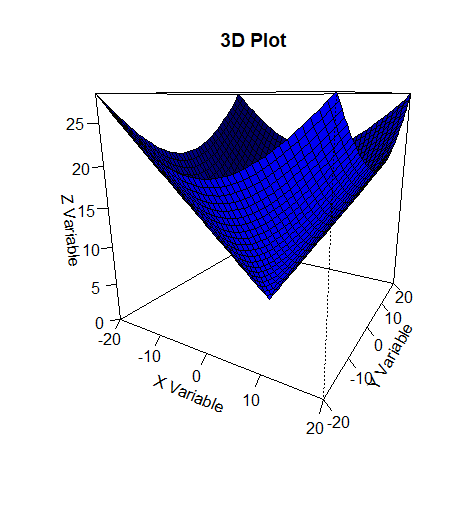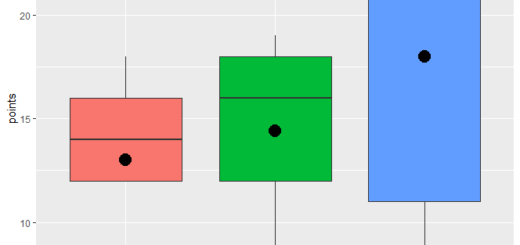with() and within() Functions in R
with() and within() Functions in R, To evaluate an expression depending on a data frame, use R’s with() and inside() functions.
The syntax for these functions is as follows:
with(data, expression) within(data, expression)
where:
data: The data frame name
expression: The expression to evaluate
The following is the distinction between the two functions:
The expression is evaluated with() without changing the underlying data frame.
inside() evaluates the expression and copies the original data frame into a new data frame.
With the following data frame, the following examples explain how to utilize each function in practice.
with() and within() Functions in R
Let’s create a data frame
df <- data.frame(x=c(13, 15, 15, 17, 15, 20), y=c(22, 22, 20, 25, 29, 24)) df
x y 1 13 22 2 15 22 3 15 20 4 17 25 5 15 29 6 20 24
Example 1: Use with() Function
To multiply the values across the two columns in the data frame, we can use the with() function:
x and y values are multiplied
with(df, x*y) [1] 286 330 300 425 435 480
The data frame’s values from column x and column y are multiplied together, yielding a vector of length 6.
Example 2: Use the within() function
To multiply the values between the two columns in the data frame and assign the results to a new column in the data frame, we can use the inside() function:
Multiply the x and y values and apply the results to the new column z.
Data Visualization with R-Scatter plots »
within(df, z <- x*y)
x y z 1 13 22 286 2 15 22 330 3 15 20 300 4 17 25 425 5 15 29 435 6 20 24 480
The multiplication results are now placed in a new column called z.
It’s vital to remember that the within () function generates a copy of the original data frame but does not actually change it:
Let’s look at the original data frame
df
x y 1 13 22 2 15 22 3 15 20 4 17 25 5 15 29 6 20 24
To save the multiplication results indefinitely, we must assign them to a new data frame:
multiply the x and y values and save the results in a new data frame.
Deep Belief Networks and Autoencoders »
df1<- within(df, z <- x*y)
Let’s view the new data frame
df1
x y z 1 13 22 286 2 15 22 330 3 15 20 300 4 17 25 425 5 15 29 435 6 20 24 480





